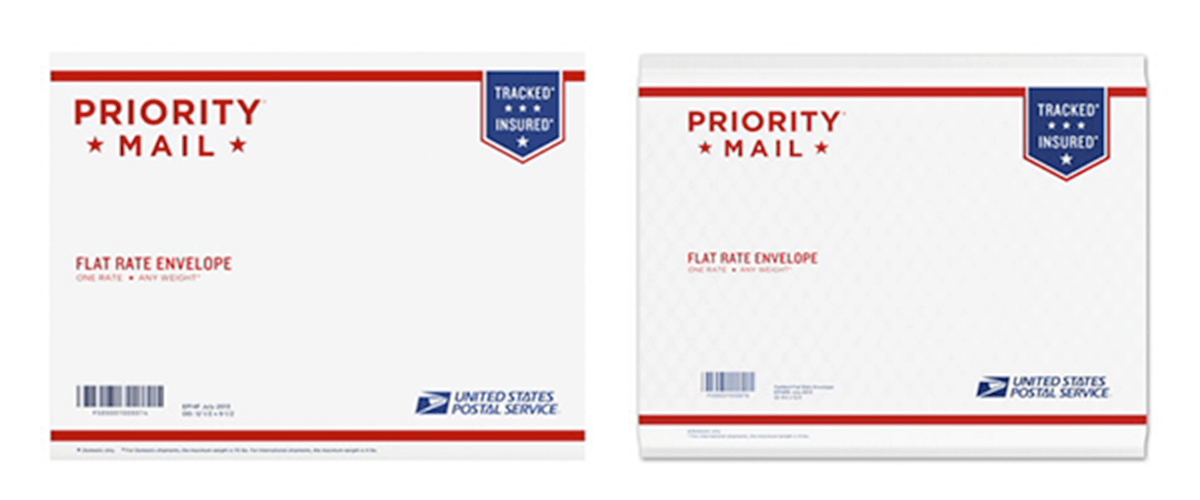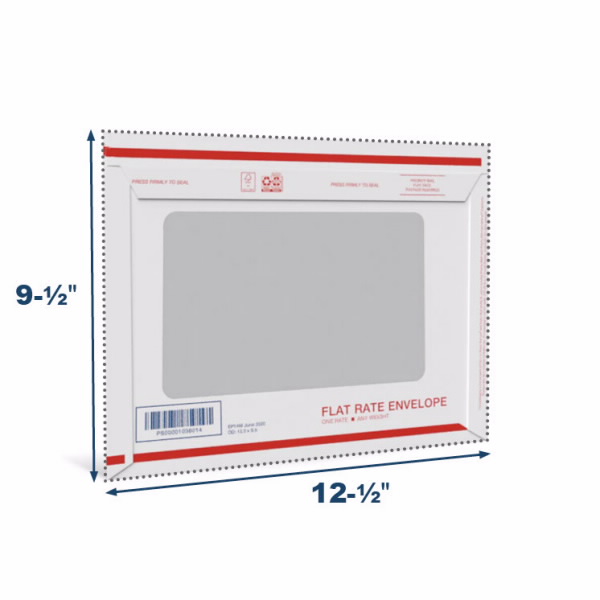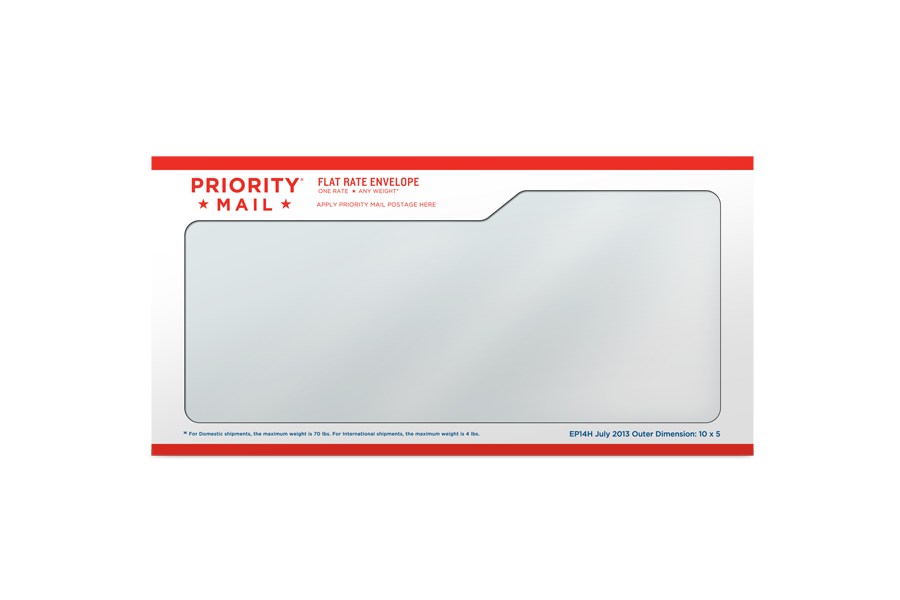

The large jumps in the early 1900s are because a change by a single penny was large compared to the cost of the stamp. Since at least the early 1980s, the price of a stamp has closely followed the consumer price index.

This plot shows that, despite the nominal rise in the cost of a first-class stamp, the adjusted cost of a stamp has stayed relatively stable. The dark area shows the actual price of the stamp, while the light area shows the price adjusted for inflation, in 2019 U.S. Plotting the data in the previous table yields the adjacent graph. Price change announced Octonew non-machinable surcharge: 40 centsĪctual and inflation-adjusted first-class postage rates in the U.S. USPS notice post-dated Septem after effective increase date. Forever stamps introduced different prices for letters and packages for the first timeĬanada & Mexico pay the same rate as the rest of the world Shape-based postage pricing introduced international surface rates were terminated.

H Stamp Used (also 1 cent H makeup rate stamp) G Stamp Used (also 3 cent G makeup rate stamp) Historical rates United States domestic first class & postcard rates, 1863–present ( USD) Date IntroducedĪll domestic first class & postcards by airmailį Stamp Used (also 4 cent F makeup rate stamp) Since enactment of the Postal Reorganization Act of 1970, postage rates have been set by the Postal Regulatory Commission. Before that time, the rates, dates and origin of the letter were written by hand or sometimes in combination with a handstamp device. The United States issued its first postage stamps in 1847. The ship fee, including the ship rate on letters for delivery at the port of entry, were on a per letter basis, rather than weight. There were ship fees which were also added (i.e. There were double and triple rates as a letter's size increased. Rates were adopted in 1847 for mail to or from the Pacific Coast and in 1848 for mail sent from one place in the west to another place in the west. The postal rate varied according to "distance zone", the distance a letter was to be carried from the post office where it entered the mail to its final destination. Initial United States postage rates were set by Congress as part of the Postal Service Act signed into law by President George Washington on February 20, 1792. In the 21st century, prices were segmented to match the sorting machinery in use non-standard letters required slightly higher postage. In 1971, the Post Office became the United States Postal Service, with rates set by the Postal Regulatory Commission, with some oversight by Congress. The logo for the Post Office Department showed a man on a running horse, even as the railroads and then motorized trucks and airplanes moved mail. Comparing the increases with a price index, the price of a first class stamp has been steady. Rates were relatively unchanged until 1968, when the price was increased every few years by a small amount. In the middle of the 19th century, rates stabilized to one price regardless of distance. Rates were based on the distance between sender and receiver in the early years of the nation. The system for mail delivery in the United States has developed with the nation. Post Office Department (1792–1971), predecessor to the United States Postal Service $5.00 increase for Zones 5-9, 21-70 lbs.Seal of the former U.S.$0.75 increase for Priority Mail and Priority Mail Express Flat Rate Boxes and Envelopes.Priority Mail, Priority Mail Express, Parcel Select Ground and USPS Retail Ground: This temporary rate adjustment is similar to one in 2020 that anticipated heightened peak-season package and shipping demand, which typically results in extra handling costs. The Postal Regulatory Commission (PRC) approved a temporary price adjustment for key package products for the 2021 peak holiday season. With the added influx of holiday mailings, please be prepared for longer than average delivery times. USPS, along with all other mail carriers, are still experiencing the effects of COVID-19. The temporary rate increase will affect Priority Mail, Priority Mail Express, First Class packages, Parcel Return Services and retail prices. USPS has approved a temporary rate increase for the holiday season, effective Oct.


 0 kommentar(er)
0 kommentar(er)
